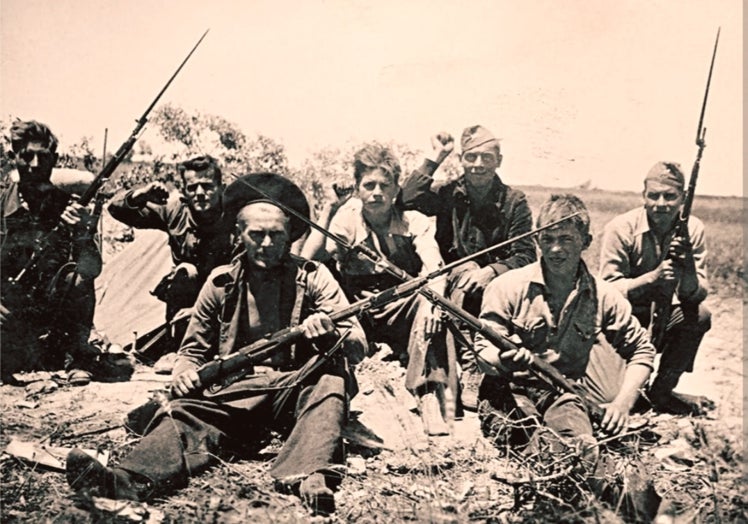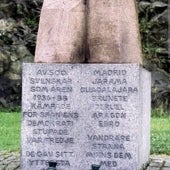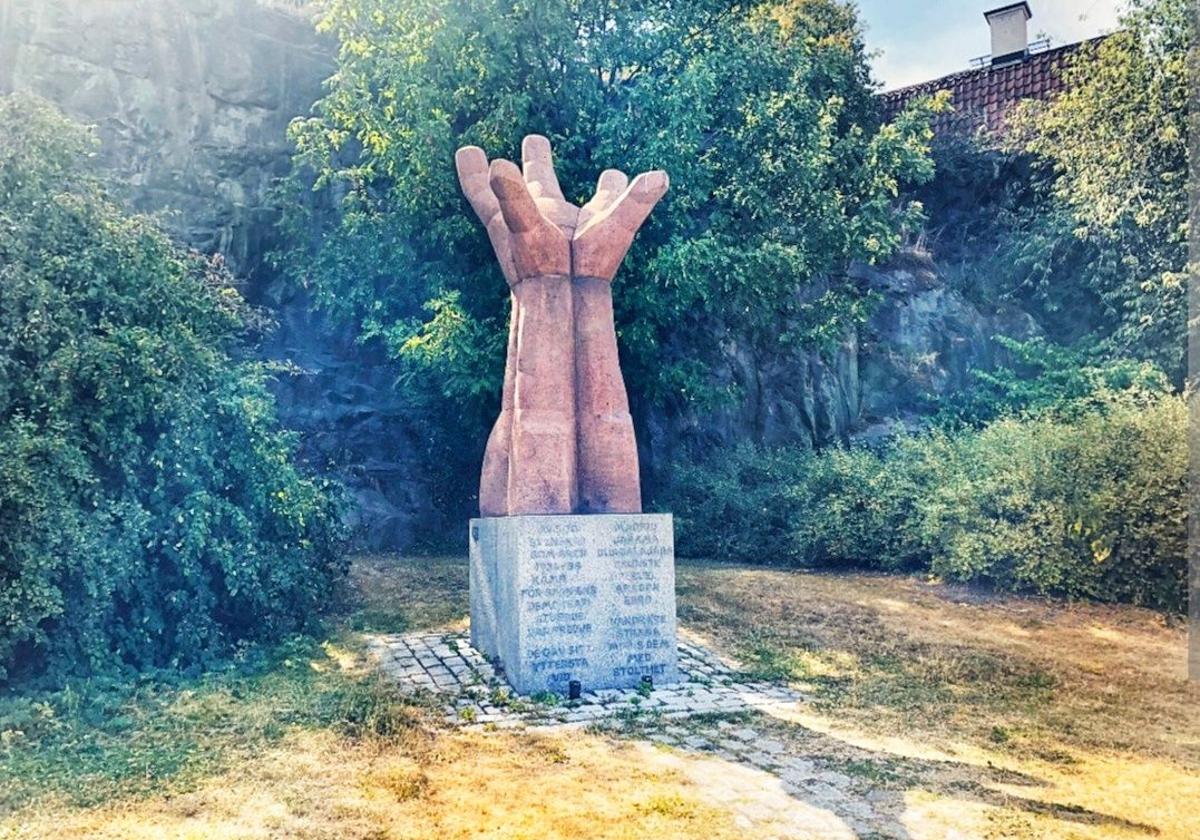The hand from Sweden in the Spanish Civil War
6 June, Sweden's National Day, also known as Swedish Flag Day ·
While nowadays in Spain the Swedish flag flies in many hotels and bars as a welcoming gesture, in the 30s it identified the Swedish volunteers who came to Spain during the civil war to fight fascism and General Franco's troopsAlekk M. Saanders
Friday, 6 June 2025, 18:47
Although Sweden had not been involved in warfare after the end of the Napoleonic Wars, society, with its inherent democratic values, continued to be concerned about events in the rest of Europe. There were even those who dared to take a direct part in wars and conflicts on one of the opposing sides.
The kingdom for the Republic
The Swedish government was neutral towards the war in Spain, which started in 1936 after General Franco's coup d'état. However, the Spanish Civil War had a strong social impact in Sweden, and support for the Second Republic was also quickly expressed. In addition to donations and the Swedish Red Cross that played a significant role in terms of humanitarian aid and medical assistance, some 600 (some sources say 500) Swedish citizens, including women, decided to enlist in the International Brigades: 550 were front-line soldiers and the rest were aid workers of various kinds.
The recruitment of Swedes to the Republican side in the Spanish Civil War began at the end of 1936. First, the volunteers travelled to Paris, where they underwent medical examinations. Then they were sent south to the Spanish border. Incidentally, for the first few months, volunteers could openly cross the Franco-Spanish border. However, after France had closed the border in February 1937, they had to cross at night on secret roads often in the inaccessible mountains. The Catalan town of Figueres, close to the border, became a gathering place for volunteers from all over the world to join what became called the International Brigades.
The last stop before the front and the fighting was Albacete, about a hundred kilometres from the border with Andalucía. There the Republic had the headquarters of the International Brigades located at the Gran Hotel and a training centre at Base Aérea. Like the other volunteers, the Swedish were given some equipment, uniforms and a short training course.
Most Swedes ended up in the battalion named after the Swedish Social Democrat Georg Branting, who at the time was an active supporter of the Spanish Republic. The commonly known Scandinavian Battalion was part of the Ernst Thälman Brigade, made up mostly of Germans, some illegally escaped from Hitler, others from concentration camps. Additionally, there were also brigades consisting mainly of English volunteers (English Battalion), Irish volunteers (Connolly Column), etc.
Fights involving the Swedes
The first major battle involving the Swedes took place in February 1937 in the Jarama river valley near Madrid. There Franco's troops launched an attack to cut the vital highway between the Spanish capital and Valencia.
Swedish journalist Karl-Olof Andersson studied the topic. In his research he found out that three weeks of fighting at Jarama ended in a stalemate and the first casualties of the Swedish volunteers - 28 Swedes were killed, 32 wounded and six captured by the enemy. About 80 Swedish volunteers took part in the fighting on the Ebro River in the summer of 1938. This is believed to have been the last major battle involving the Swedes.

It is reported that the last Swedes crossed the Spanish-French border on their way home in February 1939. That said, a quarter of all Swedish volunteers never returned home to Sweden. According to cuestionatelotodo.blogspot.com (‘Brigadistas suecos en la Guerra Civil Espanola’), at least 173 were buried on Spanish soil.
'La Mano' in Stockholm
Sweden remembers this Spanish page of history. In 1977, Stockholm got a monument with the official Spanish name La Mano (Spanish for ‘The Hand’), to commemorate the Swedes who died during the Spanish Civil War.

‘Of the 500 Swedes who fought for Spanish democracy in 1936-38, one in three was killed. They gave their all at Madrid, Jarama, Guadalajara, Brunete, Teruel, Aragon, Ebro. Walkers, stop - remember them with pride’
Sixten Rogeby
The monument was created by Liss Eriksson and carved in red vanga granite by him together with Göran Lange and was placed in Södermalm in the Swedish capital; a smaller bronze copy of the artwork can be also found in Skövde close to Gothenburg.
The most important battles are engraved on the map of Spain in stone, and they are mentioned in the quote on the plinth: ‘Of the 500 Swedes who fought for Spanish democracy in 1936-38, one in three was killed. They gave their all at Madrid, Jarama, Guadalajara, Brunete, Teruel, Aragon, Ebro. Walkers, stop - remember them with pride’.
This text was written by Sixten Rogeby, himself a Spanish volunteer. On New Year's Day 1937, he left Sweden to fight on the Republican side in the Spanish Civil War with the International Brigade. When it was disbanded, he became a Spaniard.
